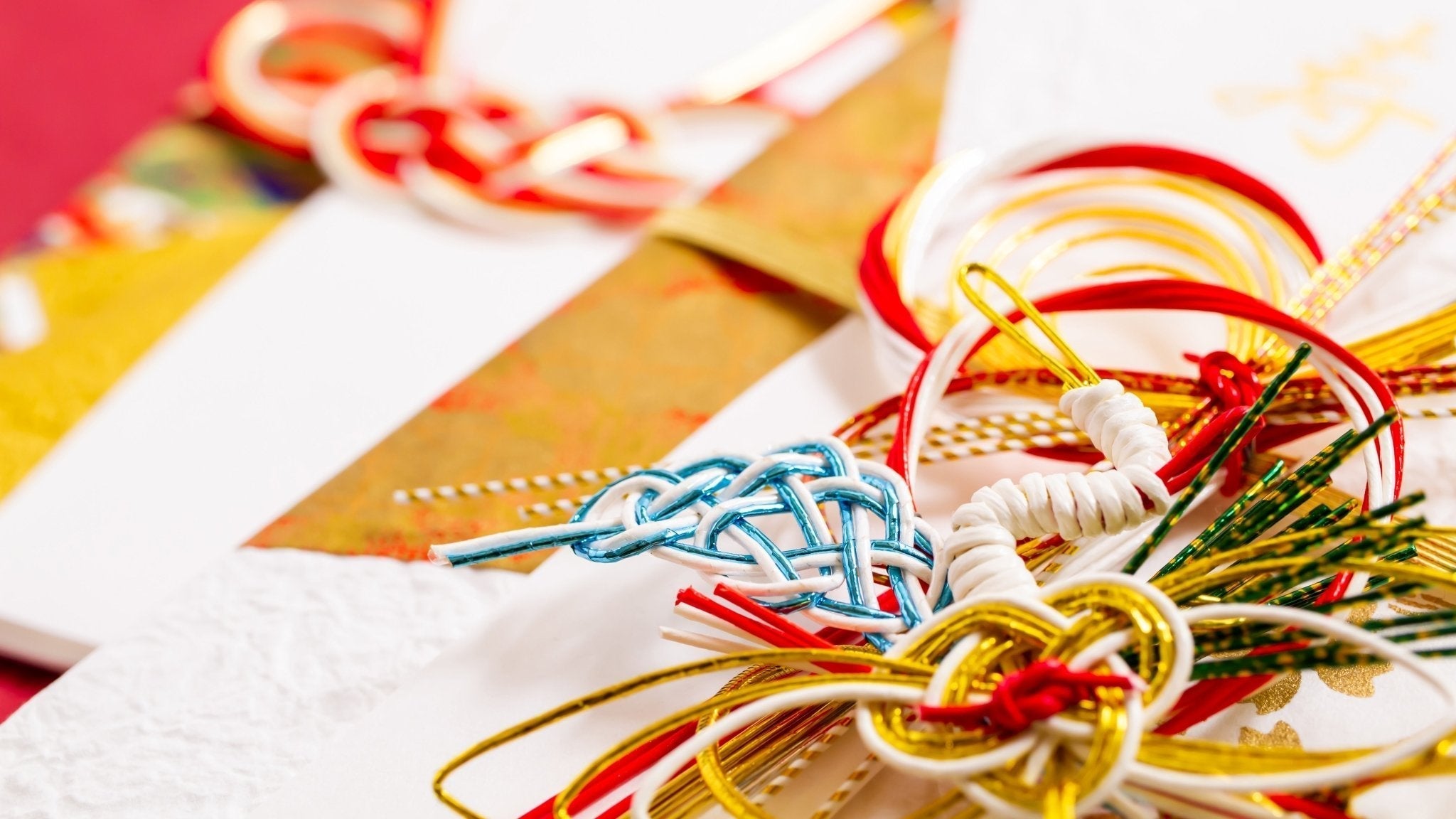
The Art of "Wrapping"and "Knotting" Culture in Japan
Written by Team MUSUBI
The culture of wrapping gifts in cloth or paper and tying them with cord actually has a deep meaning for the Japanese, not only for practicality.
Furoshiki, for example, are used to wrap a gift in a beautiful cloth, with each knot having a different meaning and expressing gratitude to the recipient. Such actions of "wrapping" and "tying" or "knotting" evoke special feelings of warmth and solemnity.
Also, the name of the site, Musubi Kiln, is derived from the Japanese word "Musubi", which means knotting or bonding in English. Originally in Japan, “Musubi” meant to bring two things together to create something new, and in the old days it meant marriage, but today the word is also considered to mean a source of creation, created from bonds with friends, family, business colleagues, and all other kinds of people.
In this article, we would like to take a closer look at what "wrapping" and "knotting" mean in Japanese culture, and how they are represented in places and objects, using some examples.
Let us invite you to this mysterious custom that has continued from ancient times to the present day!
tables of contents
About Japanese Wrapping Culture
It is said that the Japanese wrapping culture has developed not only in the sense of decoration, but also through the intertwining of three elements: practicality, artistry, and faith.
Let's dive in to the Japanese wrapping culture by taking a closer look with some specific examples of what is wrapped.
Wrapping for Gifts

Since around 50 years, gift wrapping was replaced by wrapping paper, as in the West, and as paper shopping bags became more common, the furoshiki were not much used for gifts. However, these days, the furoshiki is preferable because it is non-disposable and can be reused.
Wrapping for Ceremony

In Japanese ceremonial occasions such as wedding or funeral, it is customary to give monetary gift to the person related to the event. In ancient times, people prepared the venue for the ceremony and their own food and drinks, but in modern times, it has converted to give monetary gift.
However, it is not classy to hand over bare cash. Therefore, it was decided to apply the "Origata", a culture that existed for nearly 1,000 years, in which financial items were wrapped in paper and given to the recipient. It was wrapped in washi paper and aesthetically decorated with paper strings called "Mizuhiki" to express feelings of congratulations or mourning.
This type of money wrapping called “Kinpu" is still used today for special ceremonies. Origata is the oldest form among Kinpu, and in recent years, it is usually wrapped by a folded washi paper with mizuhiki (braided paper code), which is known as a Kouden bag. More about mizuhiki will be discussed later in the Knotting section.
Wrapping for Shopping

Disposable shopping bags made of paper or plastic, as used in Japan today, became common around 50 years ago when paper gift wrapping also became popular, but before then, shopping was done using ivy or bamboo woven baskets or furoshiki wrapped cloth.
Furoshiki, in particular, is a large, sturdy square shaped cloth that is easy to fold, so it could usually be tucked away in the sleeve of a kimono. People could enjoy shopping empty handed, and then wrap the purchased items into the shape of a bag to take them home.
Beautiful, easy-to-use, and reusable, furoshiki is now attracting renewed attention as an environmentally friendly product, especially for its repeated use.
Wrapping for Bento

The culture of "bento,” which carrying a homemade lunch with you and eating it on the go, has long taken root in Japan. Eating a lunch prepared by your family at school or at work is a healing time in a busy day. Such bento are also generally wrapped in a small furoshiki wrapping cloth or large handkerchief.
Wrapping up two-tiered bento boxes, chopsticks, etc. in one package is very convenient, as it can be used as a napkin when eating, or spread on the ground when eating outside to eat without soiling your clothes, making lunchtime more enjoyable.
Sometimes, people also express their cheers by put the note with the wrapping. Such a heartfelt culture, isn’t it?
Wrapping for Prayer

In Japan, "wrapping" has the meaning of protecting, decorating, and tidying up important things by enveloping them. Therefore, it has the meaning of protecting things carefully and giving them to loved ones with all your heart.
The custom of wrapping things in paper was originally practiced at Shinto festivals, where offerings to the gods were wrapped in pure white washi as a symbol of holiness and purity.
The act of wrapping offerings and gifts in paper and handing them over to the gods on the altar also has the meaning of making the paper a vessel for one's spirit.
About Japanese Knotting Culture
The culture of knotting has more spiritual meanings in Japan than the culture of wrapping. In ancient times, the concept of knotting was linked to the meaning of giving birth, and tying ropes to create boundaries meaning of separate this world from the world of Shinto gods and goddesses, etc. gives us an insight into the unique spirituality of Japan.
Such ancient spirit has been handed down to the present day, and in Japan, the act of knotting is believed to have special meanings such as creation, bonding, and prayer.
Let's take a look at some specific examples of the mysterious Japanese knotting culture, which means much more than tidy things up or wrap them into one package.
Knotting for Mizuhiki

By knotting the Kinpu money package with mizuhiki, it indicates that the package is unopened, and the shape of the knot has a variety of meanings, describing feelings of celebration, condolence, or to ward off evil spirits.
By knotting mizuhiki yourself, you are showing your heart and also valuing the connection between you and others. In recent years, mizuhiki have been used as a motif in crafts because of the beauty of the knot design.
Recommend Item
Knotting for Shrine Rope

The rope that catches the eye at Shinto shrines is called Shimenawa and is a sign for the divine realm. It is made of rice straw and decorated with Shidé, a zigzag-shaped piece of washi paper that resembles lightning, and is meant to pray to the Shinto gods for a good crop and to hinder evil spirits and intruders.
Shimenawa are sometimes displayed in homes as New Year's decorations as well as in shrines, where they are believed to be landmarks that attract lucky gods.
Decorating with a knotted rope is to create a boundary, a spiritual separation between the other side and the other place. It is an ancient Japanese custom that has the opposite meaning of binding.
Knotting for Paper Fortune

When you visit a Shinto shrine, you can read fortunes called Omikuji. It is a randomly selected piece of paper with your fortune written on it, but if the Omikuji you choose is bad luck, you can tie it to a twig of trees or a designated spot in the shrine to ward off bad luck.
It is a typical Japanese custom that the act of tying a knot has the meaning of repelling evils. By the act of knotting, we pray and ask God to protect us from unlucky.
Incidentally, the act of putting hands together when praying at shrines and temples is also a part of the culture of knotting in Japan.
Knotting for Cooking

Although it may seem surprising, the process of knotting is also frequently used in Japanese cuisine.
For example, rolled kelp, a dish included in New Year’s cuisine, is made by knotting together with Kanpyō, a string-like material made from the plant called yugao.
Kanpyō is also used to knot various other dishes, which are placed in a bag made of fried tofu and made into a purse shape, or boiled and eaten by themselves in a knotted form.
Some Japanese dishes are carefully prepared in various ways such as knotting and wrapping in this way, and the familiar rice balls that Japanese people love to eat are also sometimes called knots (O-musubi).
It is called so because the action of carefully forming the cooked rice with both palms is similar to the action of knotting, and also because rice is a symbol of god of creation called Kami-Musubi (Musubi = knotting) in Japan. For those who have a special attachment to rice balls carefully made by family hands, this is a special dish.
Wrapping and Knotting, a Culture of Hospitality and Prayer
The culture of expressing your courtesy and gratitude to others by wrapping and knotting was originally the preserve of the nobility, but by modern times it has spread to the general populace and become a common daily custom.
IWe hope that the beautiful Japanese culture of "wrapping" and "knotting" will continue to be carried on while changing its form and blending into the modern world. At Musubi Kiln, all of our products are wrapped in Furoshiki cloth and delivered with care. We hope you will use our products again as gifts for your loved ones.



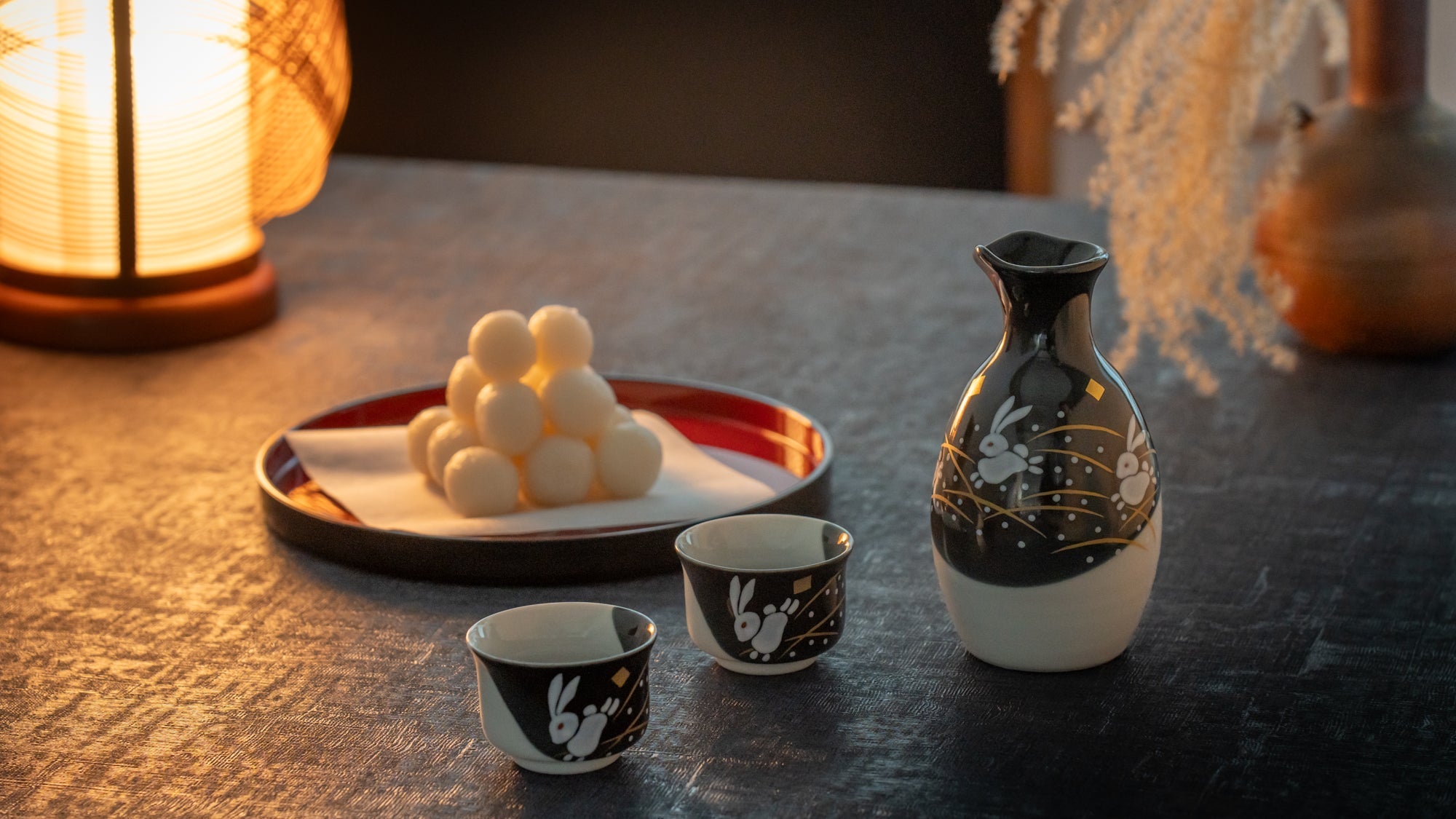

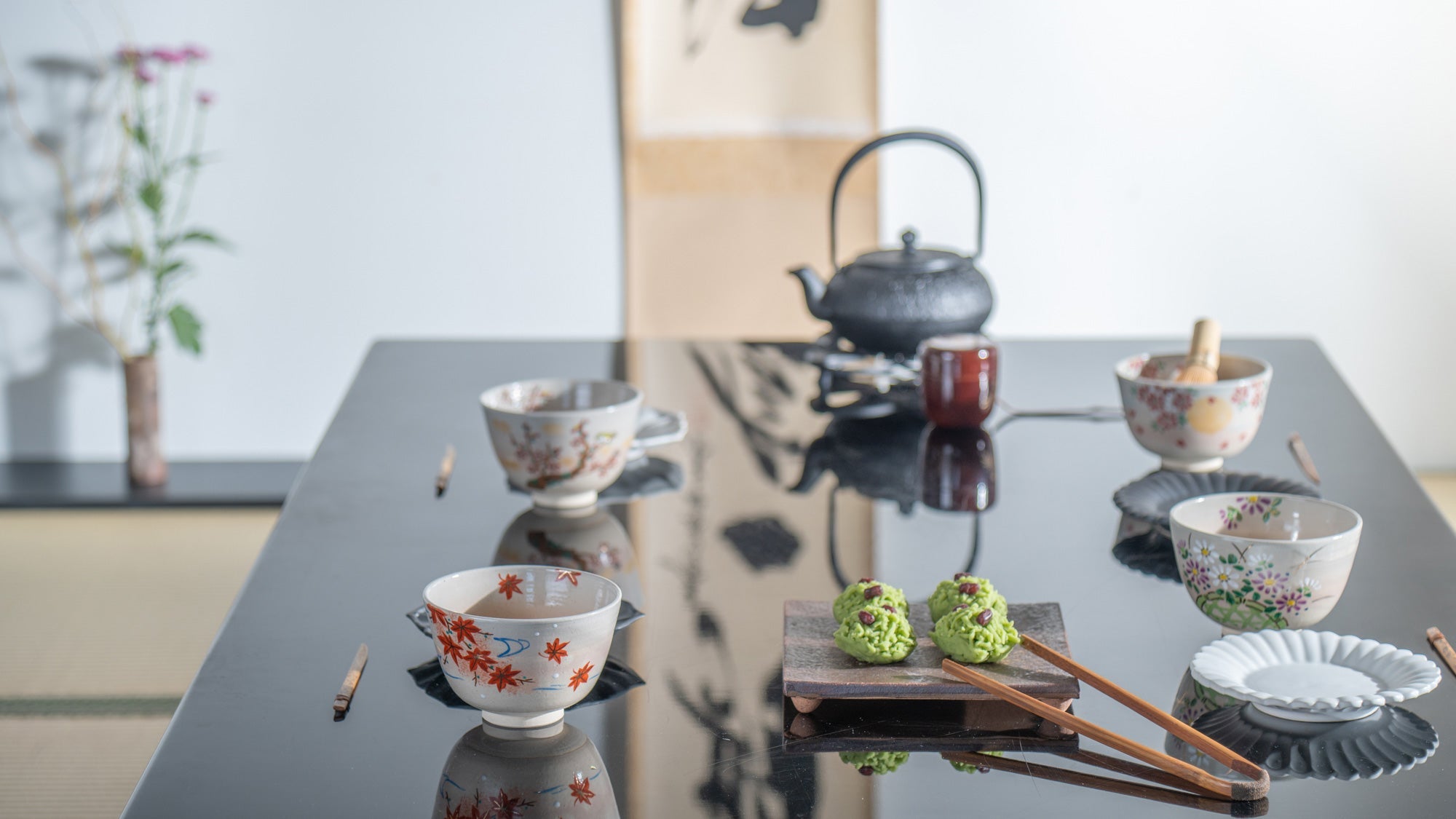
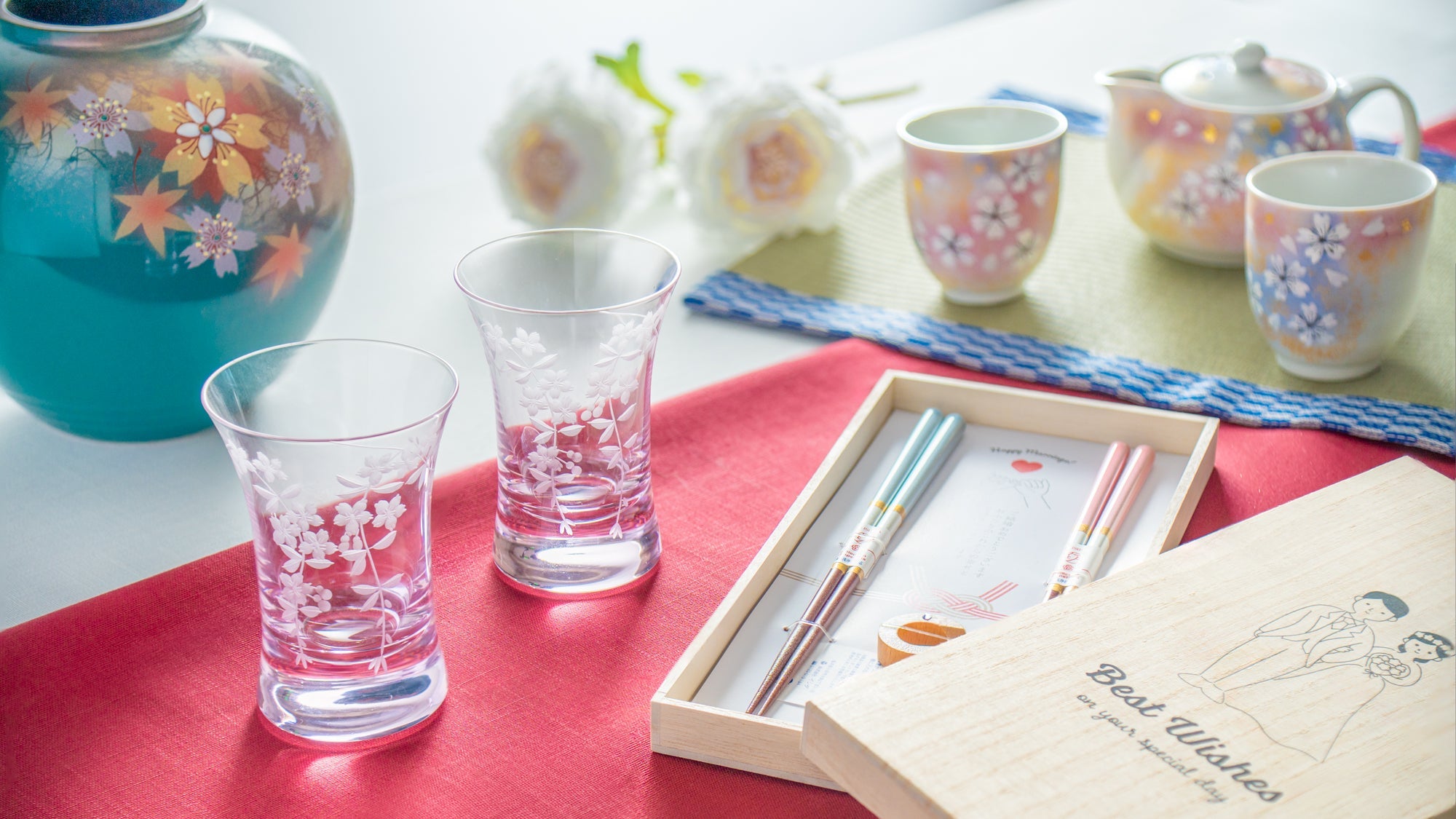

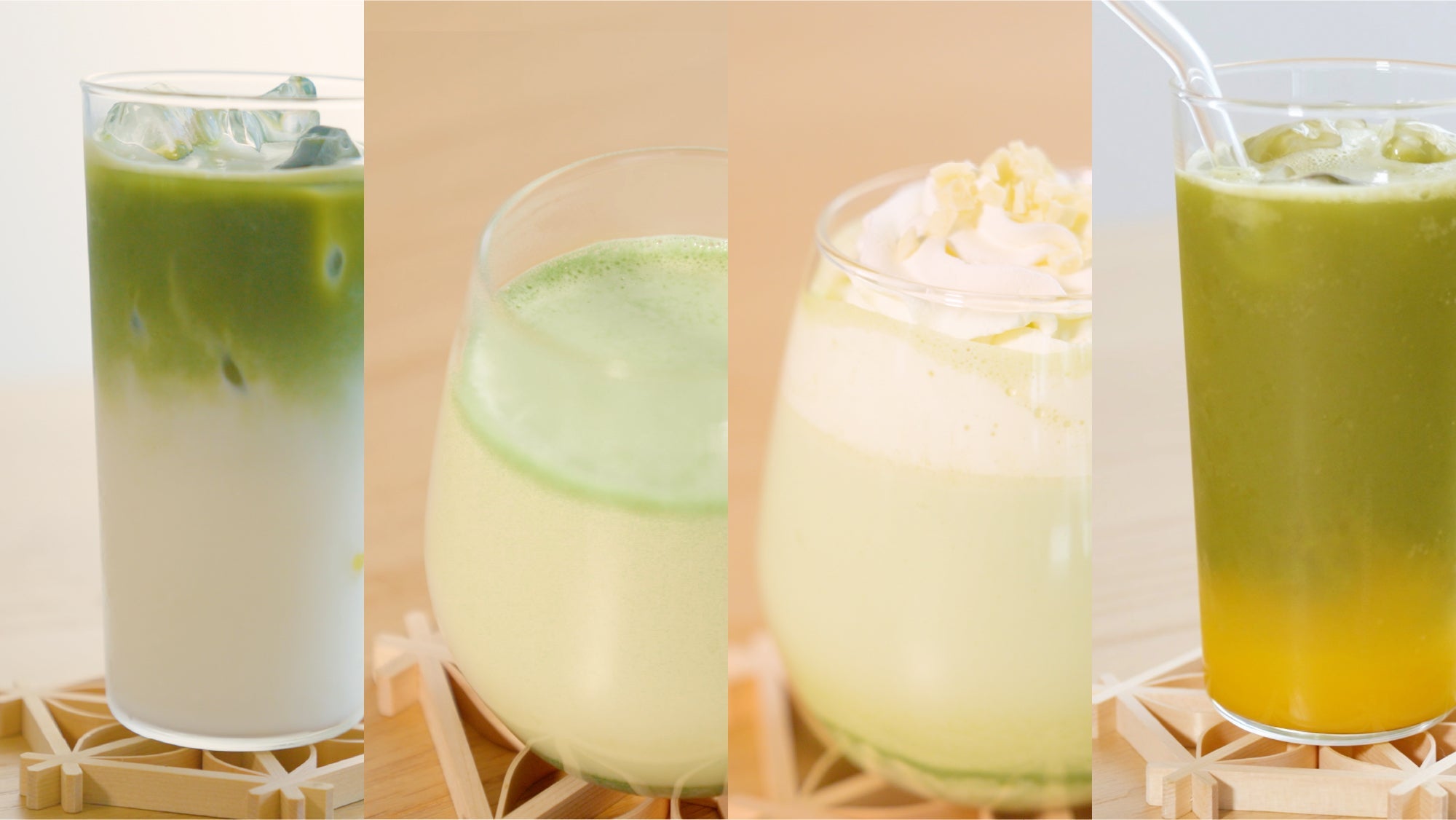


Leave a comment
This site is protected by hCaptcha and the hCaptcha Privacy Policy and Terms of Service apply.